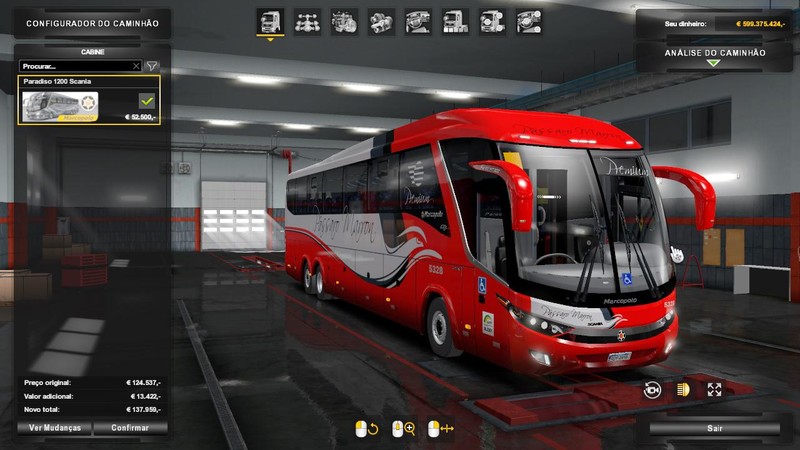

In 1910, Maskinfabriks-aktiebolaget Scania had succeeded in constructing reliable vehicles, while Vabis was at the brink of closing down. Both companies had tried their luck at building automobiles, trucks and engines, but with varied success. Vagnfabriks Aktiebolaget i Södertelge (Vabis) was established as a railway car manufacturer in 1891, while Maskinfabriks-aktiebolaget Scania was established as a bicycle manufacturer in 1900. Main articles: Vabis and Maskinfabriks-aktiebolaget ScaniaĪB Scania-Vabis was established in 1911 as the result of a merger between Södertälje-based Vabis and Malmö-based Maskinfabriks-aktiebolaget Scania. Scania's logo shows a griffin, from the coat of arms of the province of Scania ( Swedish: Skåne). The company is a subsidiary of Traton, part of the Volkswagen Group. Scania was listed on the NASDAQ OMX Stockholm stock exchange from 1996 to 2014. In 2012, the company employed approximately 42,100 people around the world. Scania's sales and service organisation and finance companies are worldwide. In addition, there are assembly plants in ten countries in Africa, Asia and Europe. Today, Scania has production facilities in Sweden, France, the Netherlands, Thailand, China, India, Argentina, Brazil, Poland, Russia and Finland. Since 1912, the company has been re-located again to Södertälje after the merger. Scania was formed in 1911 through the merger of Södertälje-based Vabis and Malmö-based Maskinfabriks-aktiebolaget Scania.

It also manufactures diesel engines for heavy vehicles as well as marine and general industrial applications. Scania AB is a major Swedish manufacturer headquartered in Södertälje, focusing on commercial vehicles-specifically heavy lorries, trucks and buses.


 0 kommentar(er)
0 kommentar(er)
